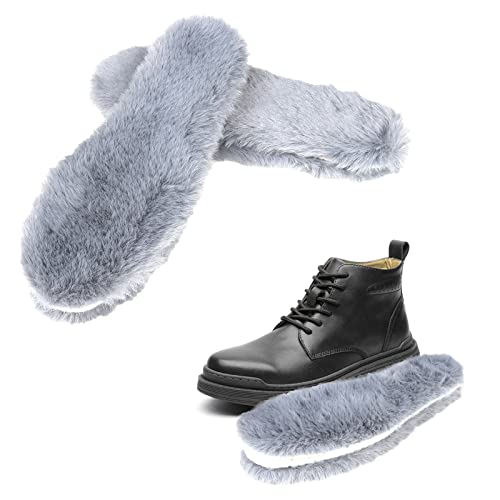I have two rabbits of similar lineage.
Both are blue-eyed white holland lops. Both bred within four days of each other.
Doe one: healthy strong kits from the get go.
Doe two: weak, unthrifty kits.
My normal routine in colder months is to flip the nest box at 15 days and remove it at 21 days. (in the summer I flip box at 10 days and remove at two weeks).
Did this with doe one. her kits continued to do well. Thriving in fact.
With Doe Two... I removed the box at four weeks. Two kits promptly died (mind one of them I expected to die for the past two weeks as it was NOT a thrifty kits at all). I planned the removal on a warmish winter day/night. I NEEDED to remove the box as the kits were sitting in it and getting poop stuck to themselves. I did line the cage floor with hay... but it mattered not. I am expecting at least one more of them to die and then I'll try to foster the remaining kit to my doe with 10 babies (get it lost in the shuffle as she's an easy care doe).
I find it vexing.
Same care. Same lineage. One litter a failure and I'm thinking of simply culling the doe as I don't want a repeat of this. Trying to decide if I aught to or not though. Should I give a second chance????
For those who cull harder...what would you do in this situation?
Both are blue-eyed white holland lops. Both bred within four days of each other.
Doe one: healthy strong kits from the get go.
Doe two: weak, unthrifty kits.
My normal routine in colder months is to flip the nest box at 15 days and remove it at 21 days. (in the summer I flip box at 10 days and remove at two weeks).
Did this with doe one. her kits continued to do well. Thriving in fact.
With Doe Two... I removed the box at four weeks. Two kits promptly died (mind one of them I expected to die for the past two weeks as it was NOT a thrifty kits at all). I planned the removal on a warmish winter day/night. I NEEDED to remove the box as the kits were sitting in it and getting poop stuck to themselves. I did line the cage floor with hay... but it mattered not. I am expecting at least one more of them to die and then I'll try to foster the remaining kit to my doe with 10 babies (get it lost in the shuffle as she's an easy care doe).
I find it vexing.
Same care. Same lineage. One litter a failure and I'm thinking of simply culling the doe as I don't want a repeat of this. Trying to decide if I aught to or not though. Should I give a second chance????
For those who cull harder...what would you do in this situation?






























